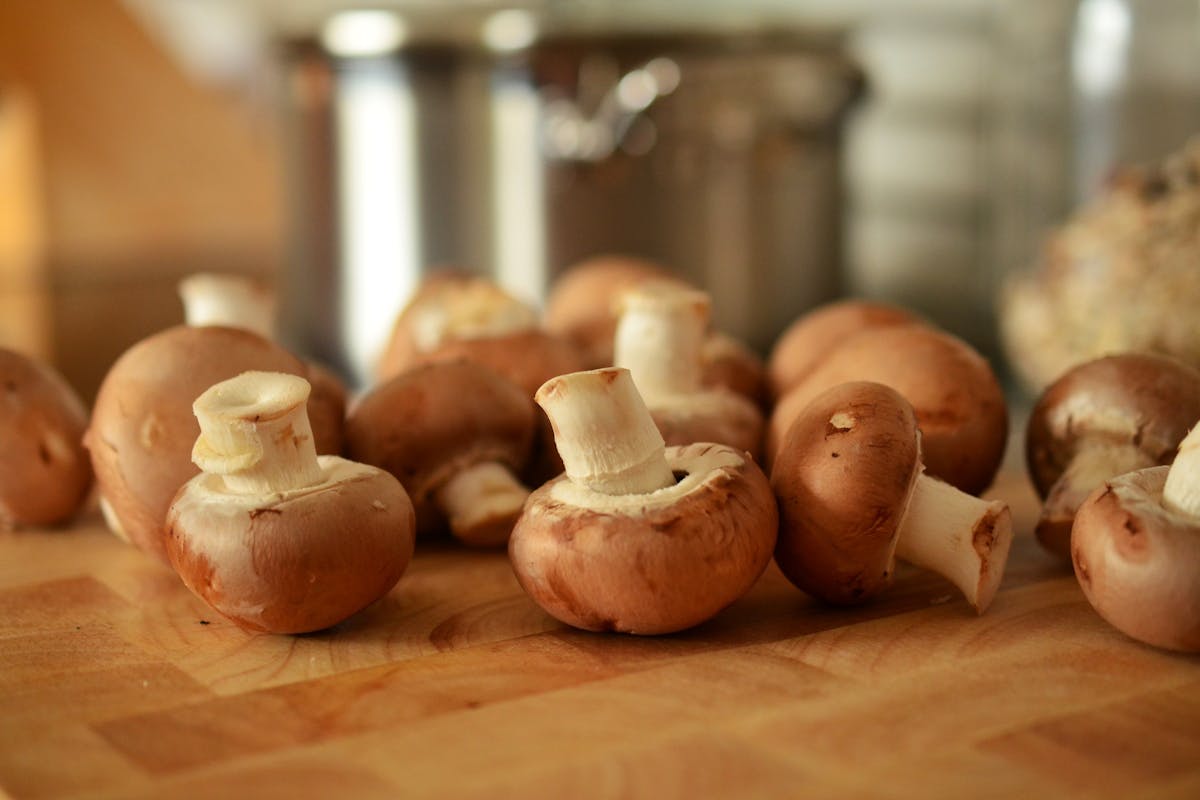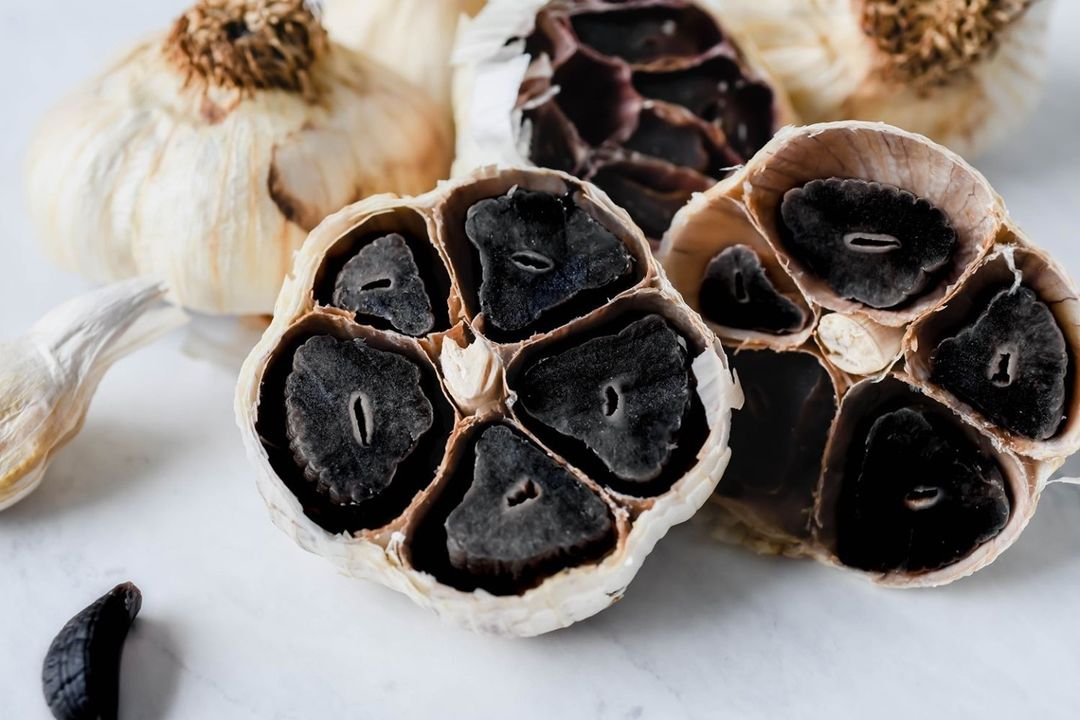
Foods That Have a Shorter Shelf Life Than You Think
Food label dates can be confusing, and for items like cereals, we might instinctively think they last forever.
Although this is true for some, storage conditions and the time of consumption after processing are crucial.
At first glance, some foods may seem to last forever, but that's not always the case. With products like berries or dairy, it's easy to spot mold, but for others, spoilage isn’t so obvious, reports Sombor.info.
Still, it's always better to consume them while they're fresh to avoid potential health risks. According to the U.S. Food and Drug Administration, food should ideally be stored in the fridge at about 4°C, and you should check your fridge and pantry weekly to ensure freshness.
However, pay special attention to the following seven foods that can go bad before you even notice.
Brown Rice
Buying rice in bulk may seem economical, but according to the USA Rice Federation, bulk brown rice should be refreshed every six months. It’s better to opt for white rice, which practically has an unlimited shelf life.
"The reason brown rice can’t be stored as long at room temperature as white rice is due to the bran oil left on the outer layer of the grain," explains nutritionist Tessa Nguyen.
While white rice has this layer removed during processing, brown rice contains nearly four times more oil, which stays mostly intact, according to the LBT - Food Science and Technology journal.
This oil can turn rancid, causing the rice to lose its nutritional value. Still, both rice types are good choices—just watch the expiration date.
Fresh Deli Meats
After opening packaged turkey or ham slices, Dr. Jennifer Quinlan told EverydayHealth they should be eaten or discarded within three days.
According to the U.S. Department of Agriculture (USDA), deli meats can last up to five days. That’s because Listeria bacteria, which can spread to the surface of cold cuts, can continue growing even in the fridge.
"It may only be on the surface at first, so it won’t make you sick right away," says nutritionist Quinlan. But the longer you wait, the riskier it becomes.
Pre-Sliced Mushrooms
Pre-sliced and packaged vegetables like mushrooms are convenient, but spoil faster. According to the journal Foods, mushrooms have a short shelf life due to their structure and lack of a protective cuticle.
"Sliced mushrooms spoil faster because a greater surface area is exposed to air and environment," explains Nguyen.
It’s safest to buy whole mushrooms and slice them just before cooking—and even those should be used within five to six days.
Hummus
Hummus can be a healthy meal, but you might be surprised to learn that even store-bought versions with preservatives don’t last as long as other spreads.
In fact, both store-bought and homemade hummus last about a week after opening, even when refrigerated, according to "Foodsafety.gov." Unopened store-bought hummus can last up to three months due to pasteurization, but once opened, it should be consumed quickly.
Corn on the Cob
While vegetables like beets or squash can last for months with proper storage, this doesn’t apply to corn on the cob.
According to FoodSafety.gov, raw corn on the cob stays fresh for only one to two days in the fridge. To extend its life, keep it in its husk until cooking.
Also, don’t forget frozen or canned corn—research published in the Journal of Agricultural Food Chemistry shows frozen vegetables can have the same or even higher vitamin content than fresh. A bonus is that frozen products last far longer than 72 hours.
Cooked Grains
Cooking grains requires water—and that’s exactly what bacteria need to thrive.
While dry grains can last for months in a cool pantry, cooked ones should be used within a week, according to "FoodSafety.gov." However, cooked grains can be frozen and stored for weeks or even months.
Tomato Sauce
Before opening, tomato sauce is a shelf-life champion. Like pickles or fruit, its high acidity helps it last over a year—so long as it’s sealed.
But after opening, it lasts only three to five days (even in the fridge), as bacteria can start growing quickly.
Also, according to research in the International Journal of Analytical Chemistry, the level of lycopene (an antioxidant in tomatoes) can significantly decrease after just 30 days of storage at about 25°C, a typical pantry temperature.





